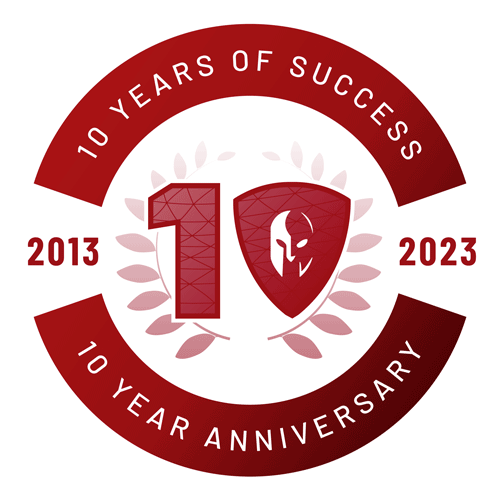Introduction
In the realm of cybersecurity, effective access control mechanisms are essential for safeguarding information systems and data from unauthorized access, thereby mitigating potential security threats and vulnerabilities. By focusing on advanced virtual access control strategies and their integration with physical security measures, organizations can create a robust defense against a wide range of cyber threats. Here we delve deeper into the cybersecurity aspect of access control, exploring advanced techniques and best practices.
Enhancing Authentication Mechanisms
Authentication is a cornerstone of virtual access control, serving as the gatekeeper to ensure that only authorized users gain entry to sensitive systems and data. Here are some advanced authentication methods:
Multi-Factor Authentication (MFA)
MFA adds additional layers of security by requiring multiple forms of verification, typically something you know (a password), something you have (a security token), and something you are (biometric verification).
Adaptive Authentication
This method uses context and behavior-based metrics to assess the risk of a login attempt and adjust the authentication strength accordingly. Factors such as the user’s location, device used, and time of access attempt can dynamically alter the authentication requirements.
Single Sign-On (SSO)
SSO allows users to log in once and gain access to multiple related but independent software systems without having to authenticate again, improving user experience while maintaining security.
Advanced Authorization Protocols
Once authentication is confirmed, authorization determines what resources a user can access and what operations they can perform. Advanced techniques include:
Zero Trust Architecture
Under this security model, trust is never assumed by default from inside or outside the network; verification is required from everyone trying to access resources on the network, regardless of their location.
Dynamic Access Control (DAC)
DAC policies adjust permissions based on real-time analysis of the threat environment. For example, if a data breach is detected, access to sensitive data can be automatically restricted.
Continuous Monitoring and Anomaly Detection
Effective access control is not only about preventing unauthorized access but also about monitoring authorized access to ensure it remains within policy guidelines. Continuous monitoring and anomaly detection are crucial:
Log Management and Analysis
Collecting and analyzing logs from various system components to detect unusual access patterns or behaviors that could indicate a security breach.
User and Entity Behavior Analytics (UEBA)
Leveraging machine learning and AI to analyze behaviors and detect anomalies based on deviations from established patterns.
Integrating Physical and Virtual Access Controls
The integration of physical and virtual access controls is pivotal in forming a unified security strategy. This involves:
Converged Security Operations
Utilizing integrated control centers where physical and virtual security teams collaborate, sharing insights and responding to incidents in a cohesive manner.
Consistent Security Policies
Developing and enforcing security policies that cover both physical and virtual aspects, ensuring consistent security measures across all organizational levels.
Future-Ready Access Control Technologies
As cybersecurity threats evolve, so must the technologies and strategies employed to combat them. Future-ready innovations in access control include:
Blockchain for Identity Management
Using blockchain technology to create decentralized and tamper-proof digital identities for secure and transparent user authentication.
Artificial Intelligence in Access Control
AI can predict potential security threats and automate responses, enhancing the effectiveness of access control systems.
Conclusion
In conclusion, virtual access control in cybersecurity is not a static set of practices but a dynamic, continuously evolving field. The sophistication of cyber threats necessitates equally sophisticated defenses. Insider Direct’s approach to integrating cutting-edge access control solutions ensures that organizations are not only equipped to protect against current threats but are also prepared for future challenges. By leveraging advanced authentication, robust authorization protocols, and integrating physical with virtual security measures, businesses can achieve a comprehensive security posture that effectively mitigates risks and enhances overall resilience.
Get in touch with us
Secutor Cybersecurity is a trusted partner comprised of industry leading experts in the fields of Cybersecurity and Governance, Risk and Compliance. We partner with our clients to deliver on-demand solutions tailored to expertly navigate the regulatory demands of their specific industries.
Our proven track record of successfully exceeding client expectations is achieved through the combination of our methodical approach, advanced technologies, subject matter experts, and synergy with client team members.
Secutor is your team of world-class problem solvers with vast expertise and experience delivering complete solutions keeping your organization protected, audit-ready, and running smoothly.







